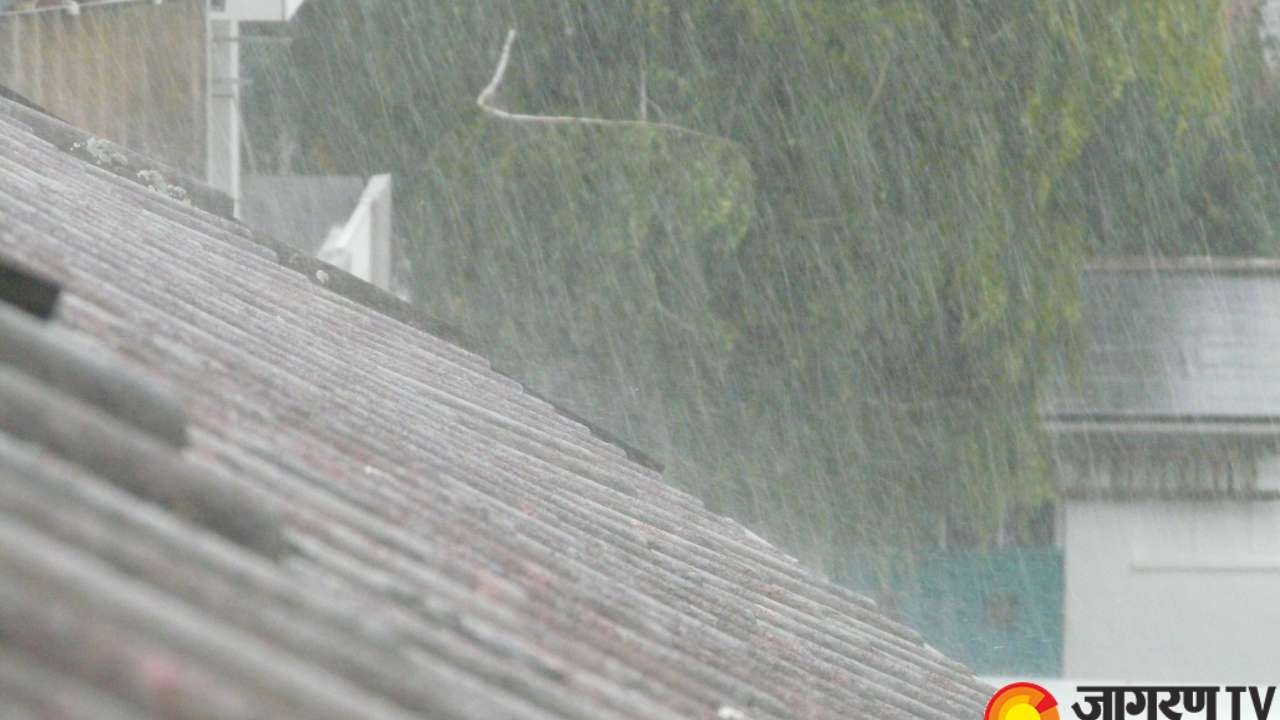Heatwave Overview

Weather forecast heatwave – A heatwave is an extended period of unusually high temperatures, typically exceeding the average for the region by 5 degrees Celsius or more. Heatwaves can last for several days or even weeks, and they can have a significant impact on human health and well-being.
Heatwaves are becoming more frequent and severe due to climate change. In the past 50 years, the number of heatwaves has increased by 50%, and they are now occurring in areas that have not previously experienced them. The increase in heatwaves is expected to continue in the coming years, and they are likely to become even more extreme.
Causes and Contributing Factors
Heatwaves are caused by a combination of factors, including:
- High pressure systems that trap warm air in a region.
- Slow-moving weather patterns that allow the heat to build up over time.
- Drought conditions that reduce the amount of moisture in the air, which can make the heat feel even hotter.
li>Urban heat island effects, which can increase temperatures in cities by several degrees Celsius.
Impacts of Heatwaves: Weather Forecast Heatwave
Heatwaves pose significant risks to human health, the economy, and the environment. Understanding these impacts is crucial for developing effective mitigation and adaptation strategies.
Health Risks
Heatwaves can lead to a range of health issues, including:
- Heat exhaustion: Occurs when the body loses excessive fluids and electrolytes, leading to symptoms such as dizziness, nausea, and muscle cramps.
- Heatstroke: A life-threatening condition that occurs when the body’s core temperature rises to dangerous levels, causing confusion, seizures, and organ damage.
Economic Consequences
Heatwaves can have substantial economic consequences, including:
- Reduced productivity: Extreme heat can impair cognitive function and physical performance, leading to decreased productivity in industries such as construction, agriculture, and manufacturing.
- Infrastructure damage: Heatwaves can cause roads and bridges to buckle, power lines to sag, and water pipes to burst, resulting in costly repairs and disruptions.
Environmental Impacts
Heatwaves can also have severe environmental impacts, such as:
- Wildfires: Extreme heat and dry conditions can fuel wildfires, leading to the destruction of forests, ecosystems, and property.
- Drought: Heatwaves can exacerbate drought conditions, reducing water availability for drinking, irrigation, and hydropower generation.
Heatwave Forecasting and Mitigation

Accurately predicting heatwaves and implementing effective mitigation strategies are crucial for reducing their adverse impacts. Advancements in meteorological science and technology have led to improved heatwave forecasting capabilities, enabling early warning systems and timely public health interventions.
Forecasting Heatwaves, Weather forecast heatwave
Numerical weather prediction (NWP) models are the primary tools used to forecast heatwaves. These models simulate atmospheric conditions, including temperature, humidity, and wind patterns, to predict future weather patterns. By analyzing the model outputs, meteorologists can identify areas at risk of heatwaves and issue early warnings.
In addition to NWP models, other methods used for heatwave forecasting include:
- Statistical models: These models use historical data to identify patterns and predict the likelihood of heatwaves occurring.
- Ensemble forecasting: This technique involves running multiple NWP models with slightly different initial conditions. The resulting ensemble of forecasts provides a range of possible outcomes, increasing the accuracy of heatwave predictions.
Mitigation Strategies
Preparing for and mitigating the effects of heatwaves involves a multi-pronged approach, including public health measures, community outreach programs, and the use of technology.
- Public health measures: Heat-health action plans are implemented to protect vulnerable populations, such as the elderly, children, and those with pre-existing health conditions. These plans include measures such as providing cooling centers, distributing water, and promoting heat-related health education.
- Community outreach programs: Local authorities and community organizations play a vital role in educating the public about heatwave risks and promoting protective behaviors. Outreach programs may involve distributing educational materials, organizing community events, and training volunteers to assist vulnerable individuals.
- Technology: Advances in technology offer innovative solutions for heatwave mitigation. For example, heat-mapping tools can identify areas with high temperatures, allowing for targeted interventions. Smart buildings can automatically adjust temperature and ventilation to maintain comfortable indoor conditions.